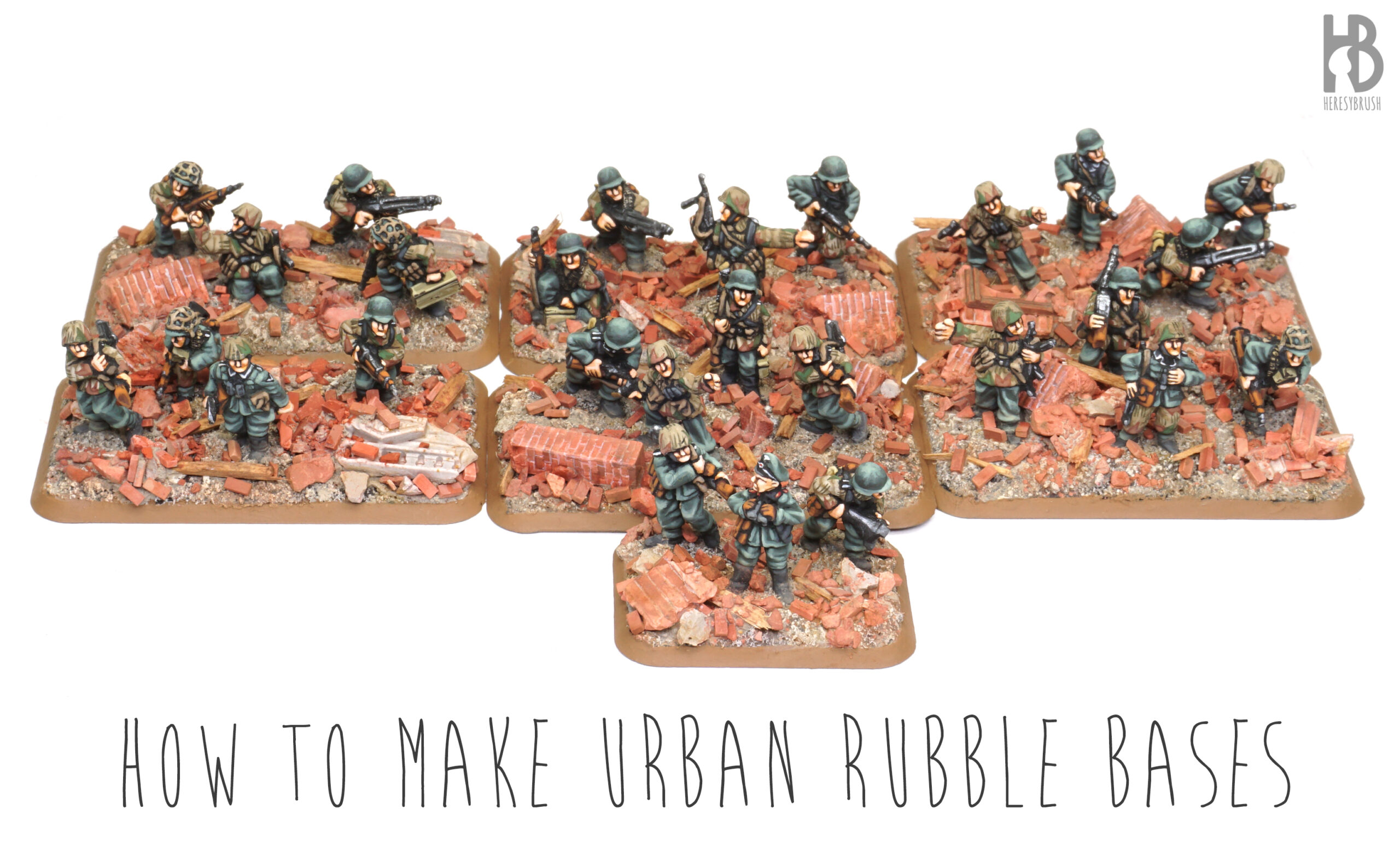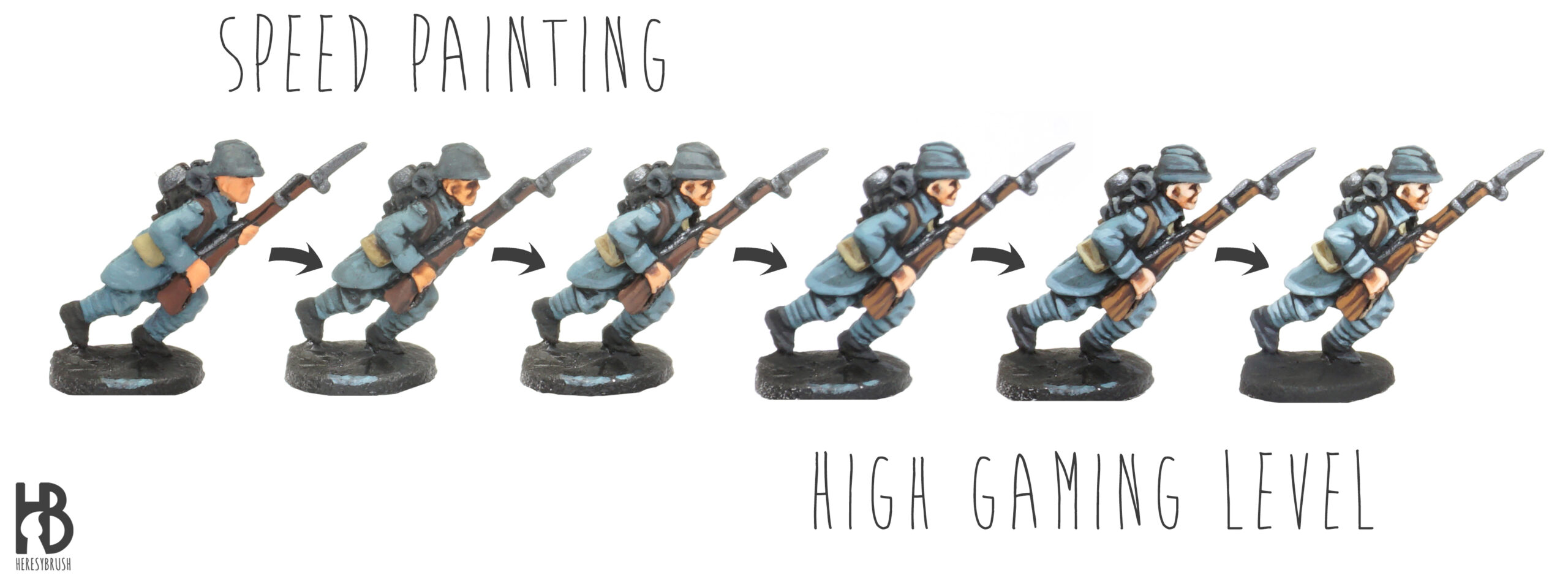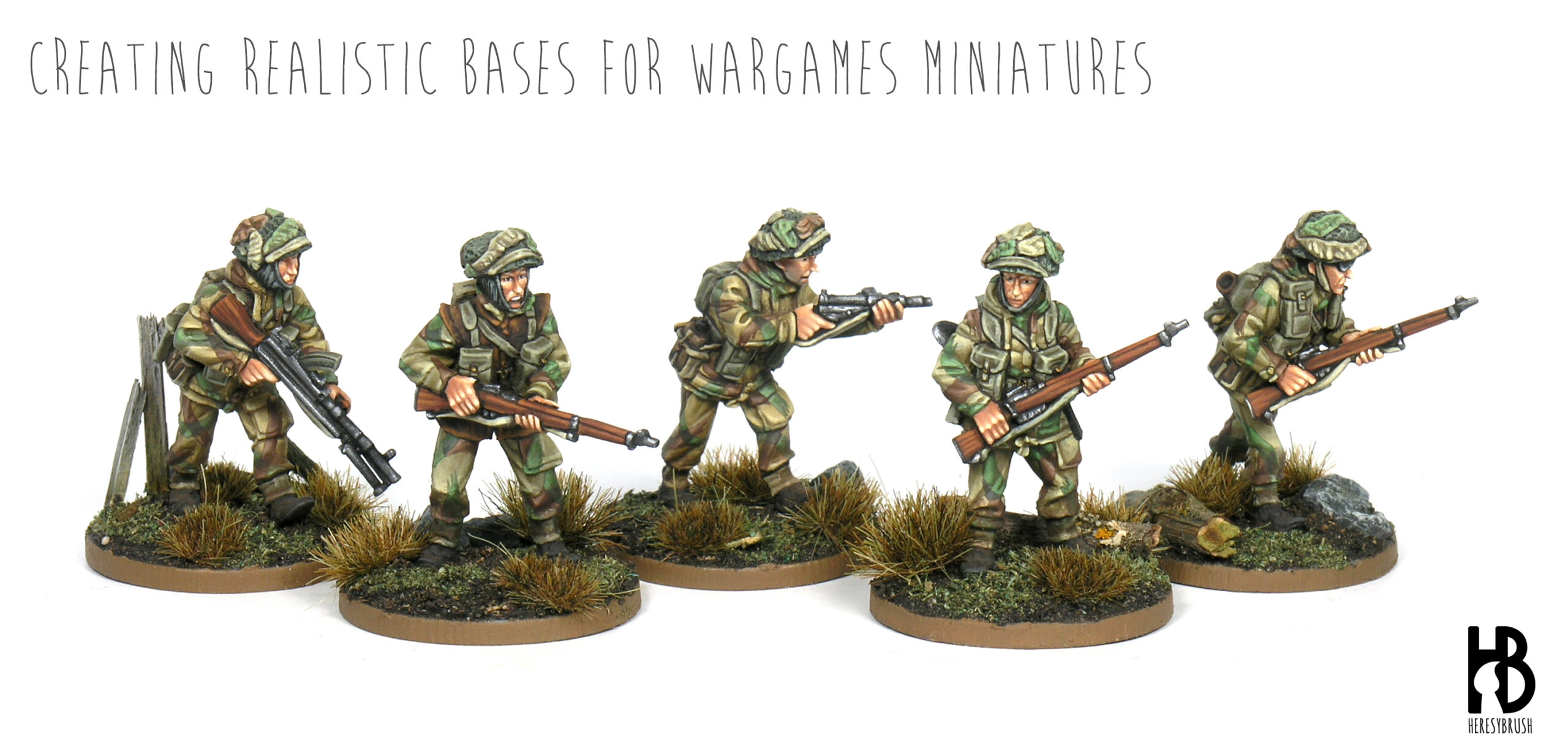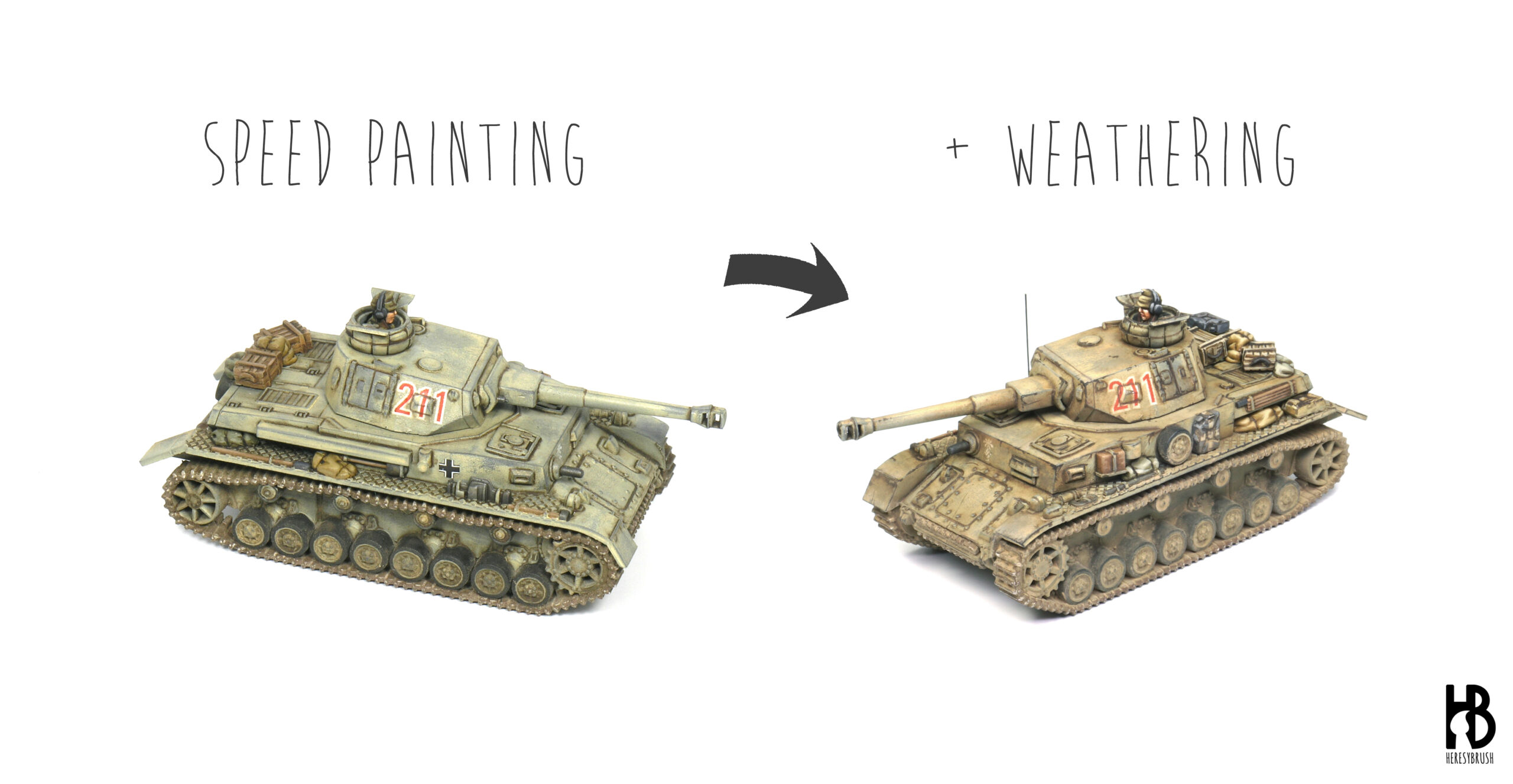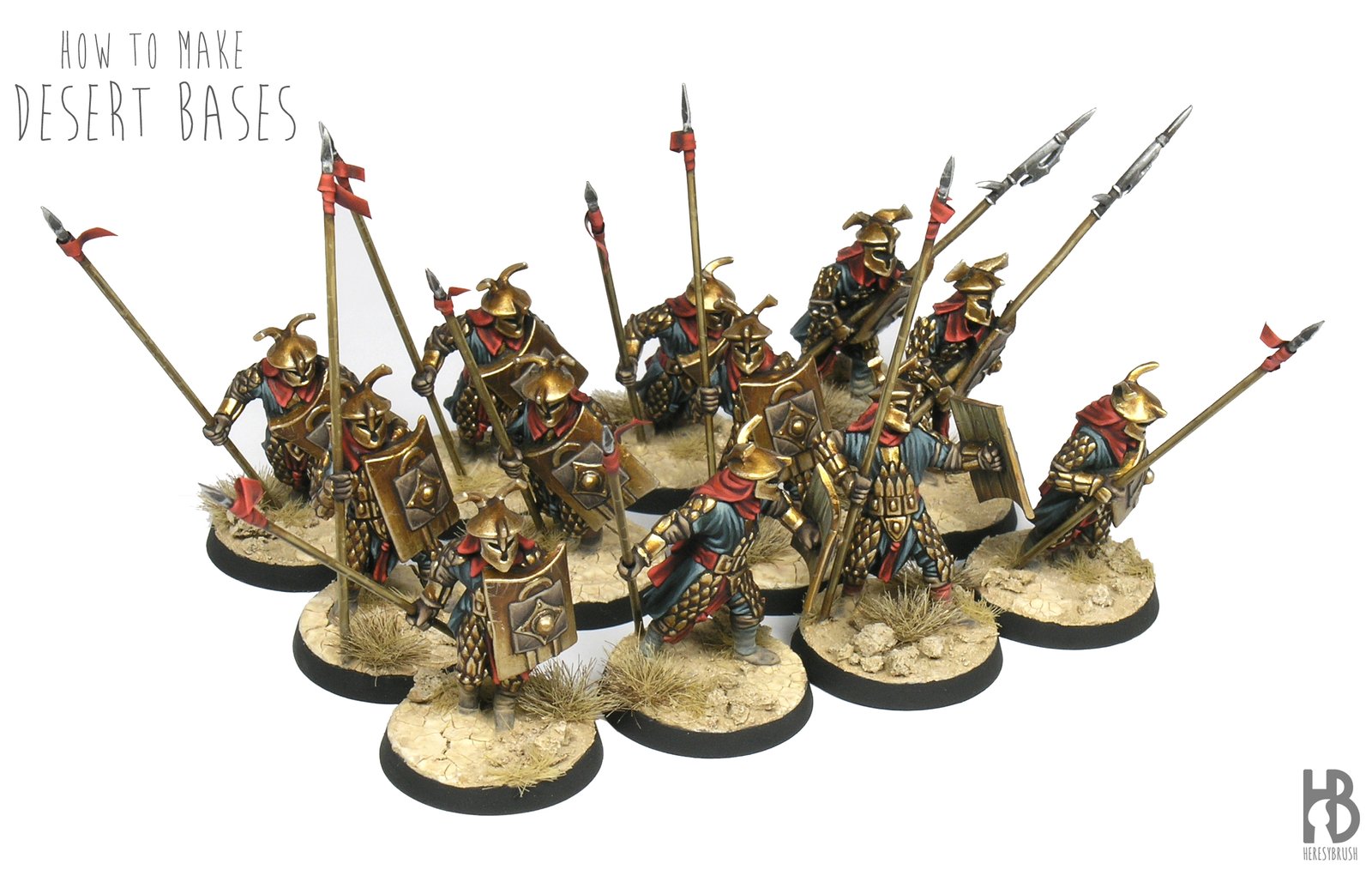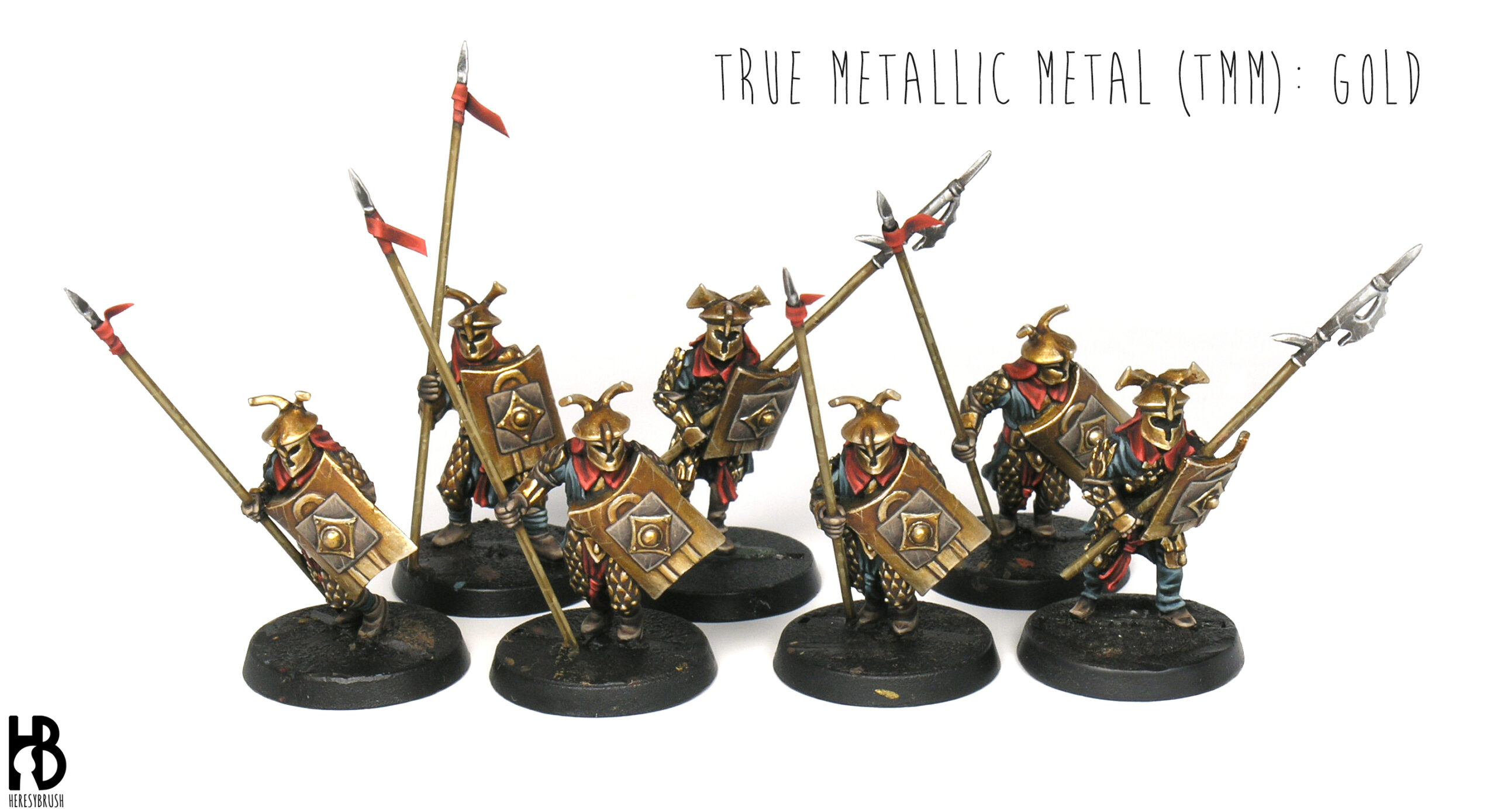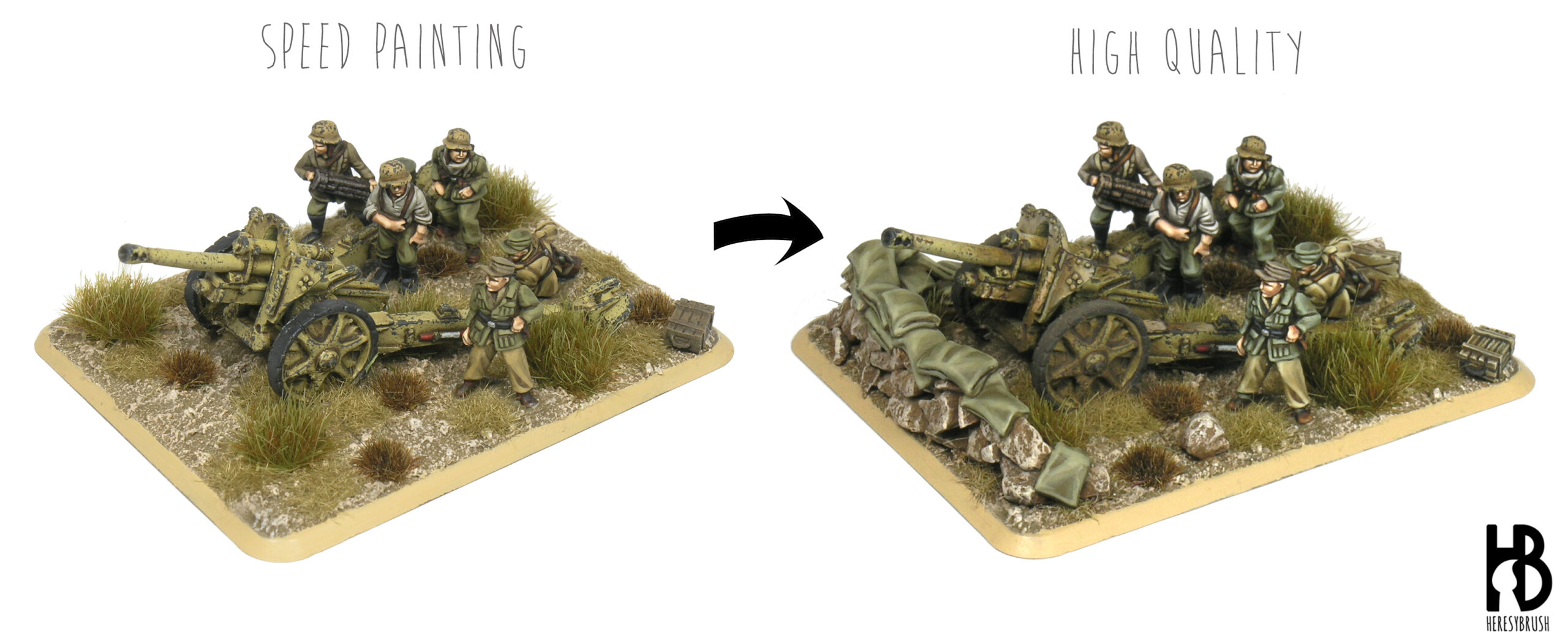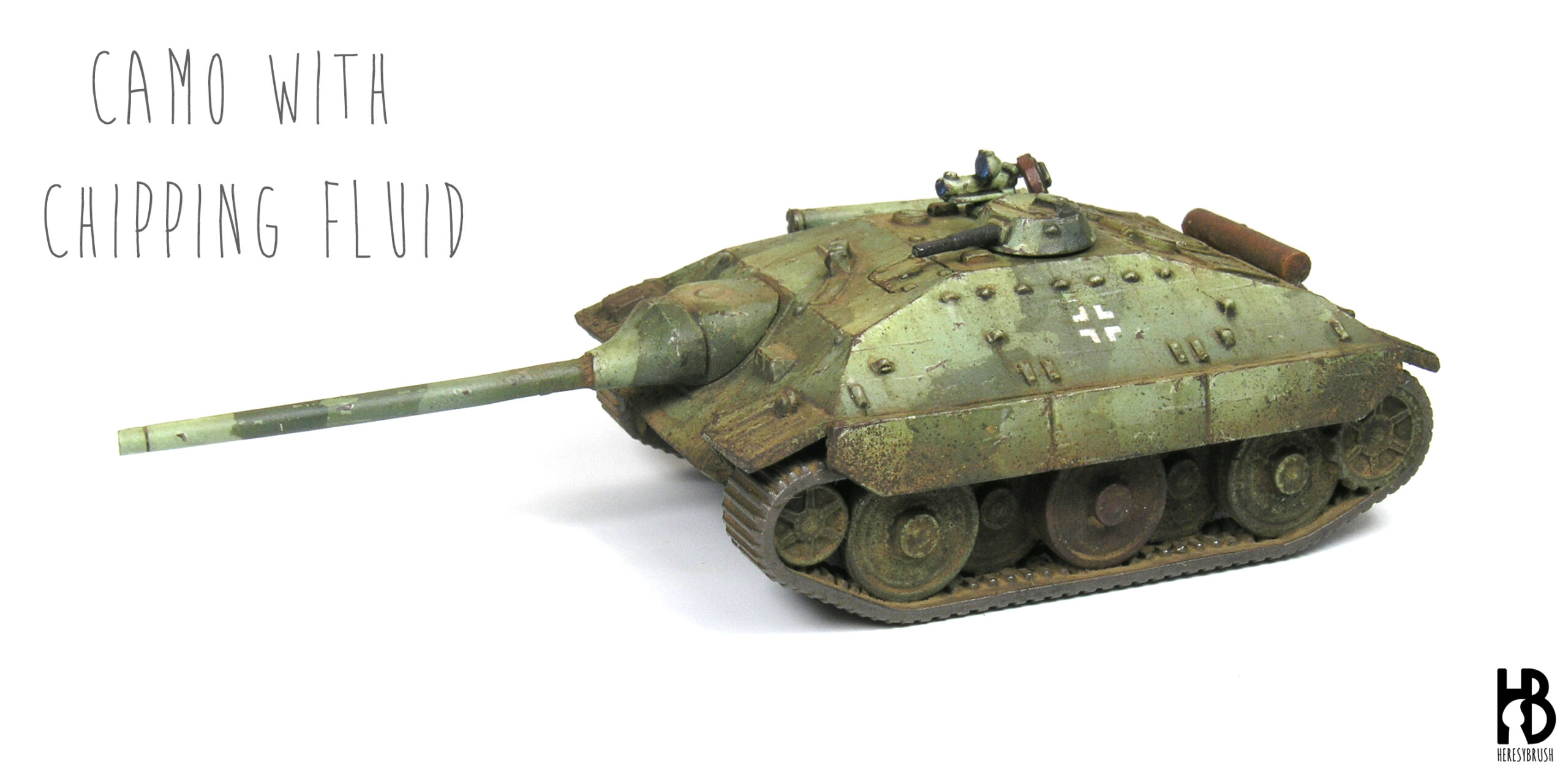In a couple of weeks, I will be attending the Flames of War National tournament in Finland (Talvisota 2024), for which I have spent the last few months assembling a new German army. Given that the theme of the army is Berlin, 1945, I wanted to craft something unique for the bases of the infantry and Flak 88 guns. In this tutorial, I will demonstrate how to create urban bases with debris in a straightforward, efficient, and effective manner. While this tutorial primarily targets 15mm miniatures (Battlefront), its principles are adaptable to other scales or projects with the simple adjustment…
Painting 15mm WWI French Fusiliers: Combining washes and layering
Wargamers frequently find themselves seeking a balance between painting and gaming, which often leads them to prefer fast painting techniques. These methods are typically straightforward and swift, and, importantly, highly effective. However, it is worth noting that the trade-off is often between speed and quality, with quality being inversely proportional to the time invested. In this tutorial, we will explore the fusion of a fast-painting technique that involves washes with a more sophisticated method by incorporating successive layers of highlights. To clarify, we will begin with the conventional ‘base + wash + highlight’ technique and progressively enhance our results…
How to create autumn-themed bases
It has been a bit since my last blog post, but that does not mean I have forgotten about it. I am working on some neat stuff that I hope will be ready to share soon. In the meantime, I have put together a short and simple article explaining how we can create bases using simple materials while still achieving very realistic results. The trick is to utilize natural elements, such as soil and small branches. We save time because we do not need to paint them, plus they look precisely how they are supposed to on our tiny models.…
Improving a 15mm paint job: tanks
A few months ago, I published a tutorial demonstrating how to improve the painting job on 15mm infantry and guns (here). Following a similar idea, this time we will explore how to do this on 15mm tanks, with a particular emphasis on oil paints. For this purpose, we are showcasing a 1:100 scale DAK Panzer IV from Battlefront Miniatures. Read the full article about this on the Breakthorugh Assault blog. If you are curious about alternative methods for painting DAK camo, you might want to check out this old but still relevant article. How to paint Afrika Korps vehicles. Details…
How to create desert bases
In the previous post we discussed one way to paint true metallic metal gold using as an example model a unit of LOTR Easterling (28mm, Games-Workshop). Now, we will see how to finish these miniatures by making desert bases. According to my experience, one of the most difficult aspects of this hobby for newcomers (and also for veterans!) is how to make the bases. Probably one reason for this is that bases are not painted, but created. That is, we need to generate a texture and add 3D elements such as rocks, plants, debris, etc. Luckily, the market is full…
True Metallic Metal (TMM): gold
I previously wrote a short tutorial describing how to paint TMM steel (you can read it here). And it was about time to write a similar post about how to paint TMM gold, taking advantage of a bunch of Easterling warriors (Games-Workshop, 28mm) I am painting right now. I am also expanding the tutorial to explain how to paint the red and marine blue clothes. The bases are unfinished, but I am planning to prepare another tutorial explaining this part. I would like to clarify that this is my own interpretation of this technique, meaning that is not the only…
Improving a 15mm paint job: guns and crew
Most popular painting techniques for wargames fall in the category of fast painting methods that aim for the so-called “tabletop quality”. The idea is to have ready a unit or an army as soon as possible, with each miniature painted with the right colors and a bit of contrast between shades and highlights. These quick methods are perfect for wargamers since they do not require much time, allowing the players to spend more time in the battlefield. But, sometimes we have some extra time that we can use to push forward the quality of our miniatures for wargames. I would…
Winter camouflage using a washable paint
I recently published another post describing the “hairspray technique“, which is commonly used to create a “washable” white camouflage in scale models. During the WWII, this camo was done with a special type of white paint with little grip, so that it was easily removed with water during the thaw, causing effects of wear due to rain and rubbing of crew. However, we can create this type of camouflage following an easier approach with an specific acrylic product: Washable White Camo A.MIG 0024. We only need to apply a single layer and then activate it with water, skipping the…
New book: How to Paint Miniatures for Wargames
A few years back I published a painting book featuring how to paint wargames tanks and edited by AMMO. I had the intention to write a second volume about painting infantry for wargames, but it was postponed because I was very busy doing my PhD. Now, eight years later, the second volume has been finally released again thanks to the support of the AMMO team: How to paint miniatures for Wargames. I was not alone in this project. I had the great opportunity to collaborate with some of the wargames painters I admire the most, including the amazing historical painters…
Camouflages with Chipping Effects fluid (hairspray technique)
This article was published original on 4th of September of 2012. Updated on 4 of April of 2022. In this post we are going to see how to use a Chipping Effects fluid to create worn camouflages where the original base color is exposed. Basically, after painting the base color of the tank, the idea is to apply a thin layer of chipping fluid and on top of this the camouflage. After activating the chipping fluid with water, we will be able to remove small pieces of the camouflage paint applied on top. These Chipping Effects fluids replaces what classically is…
